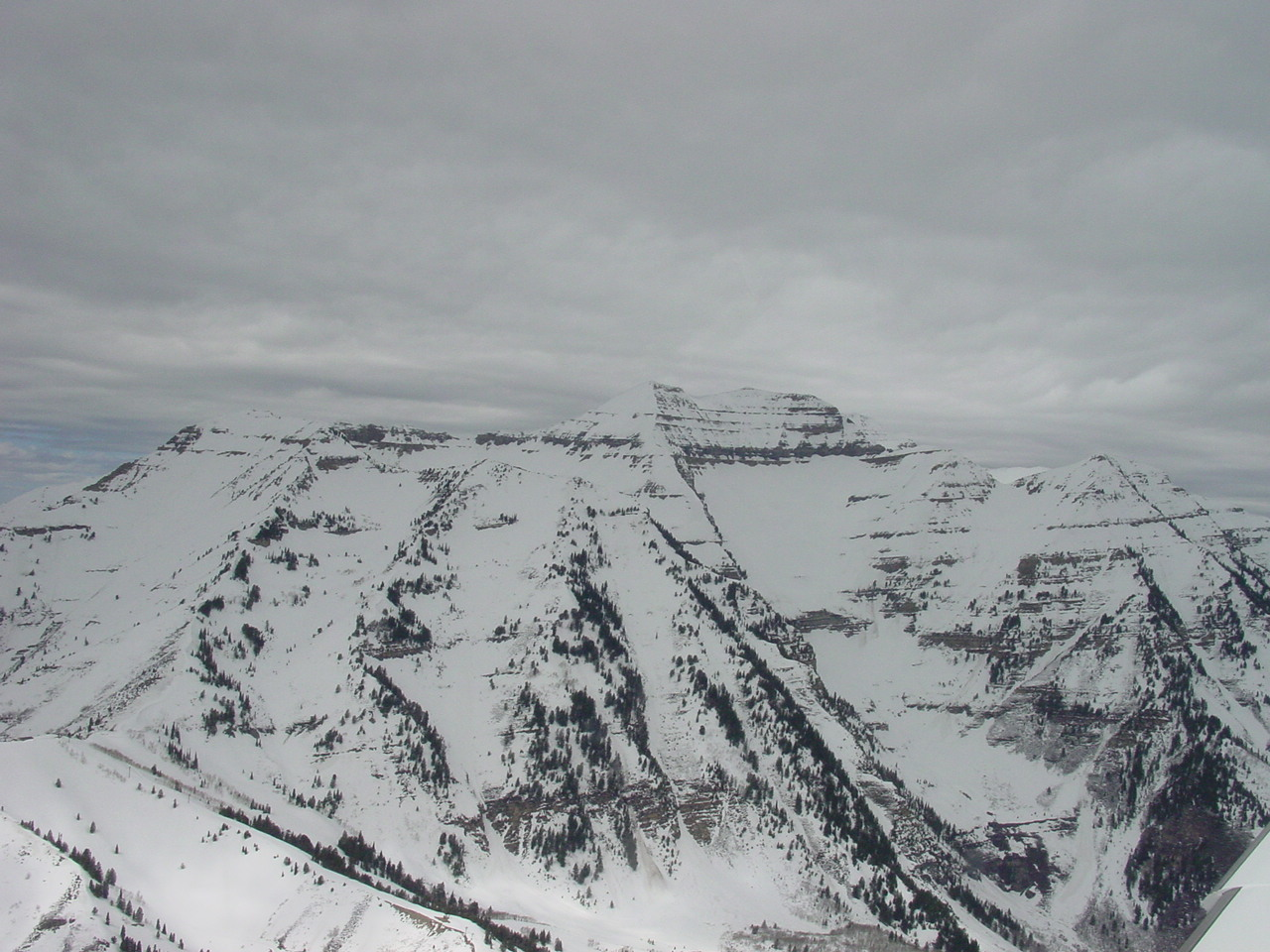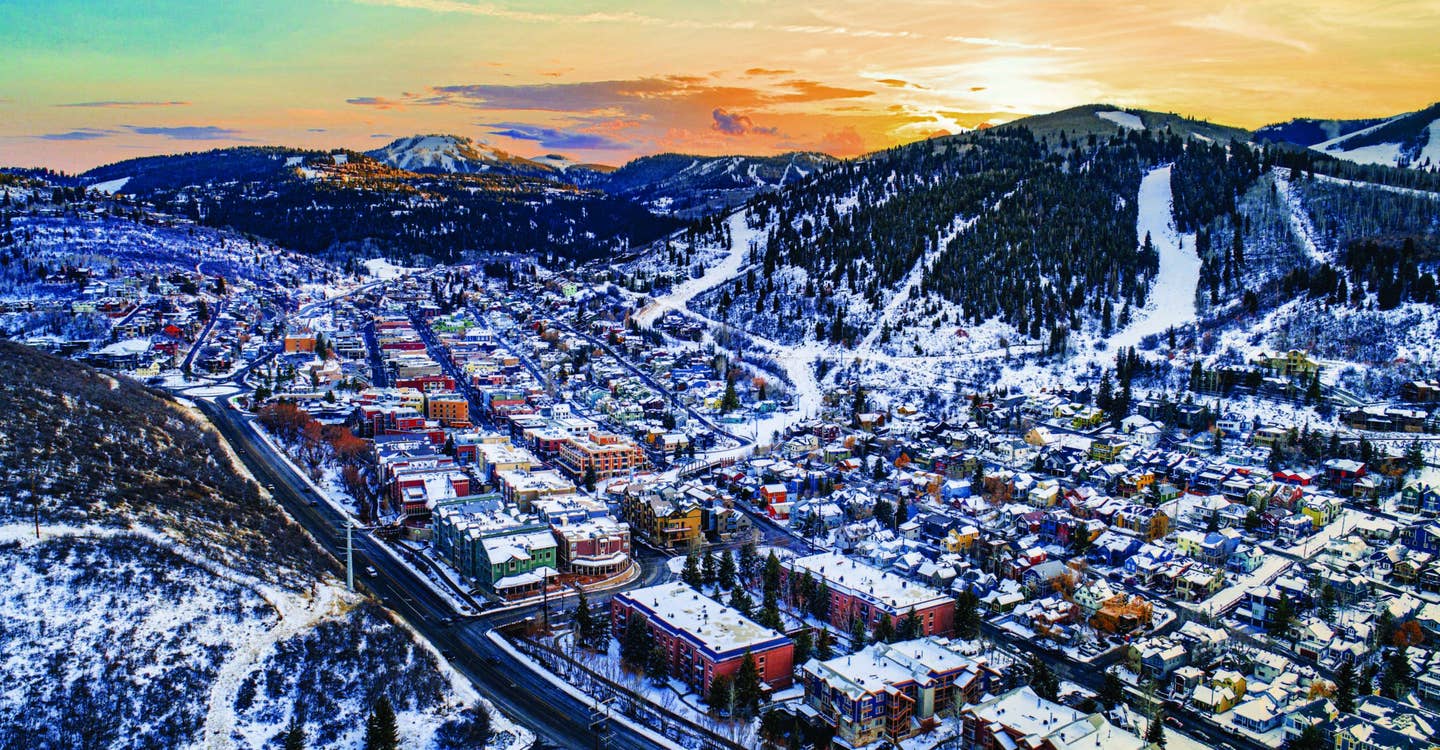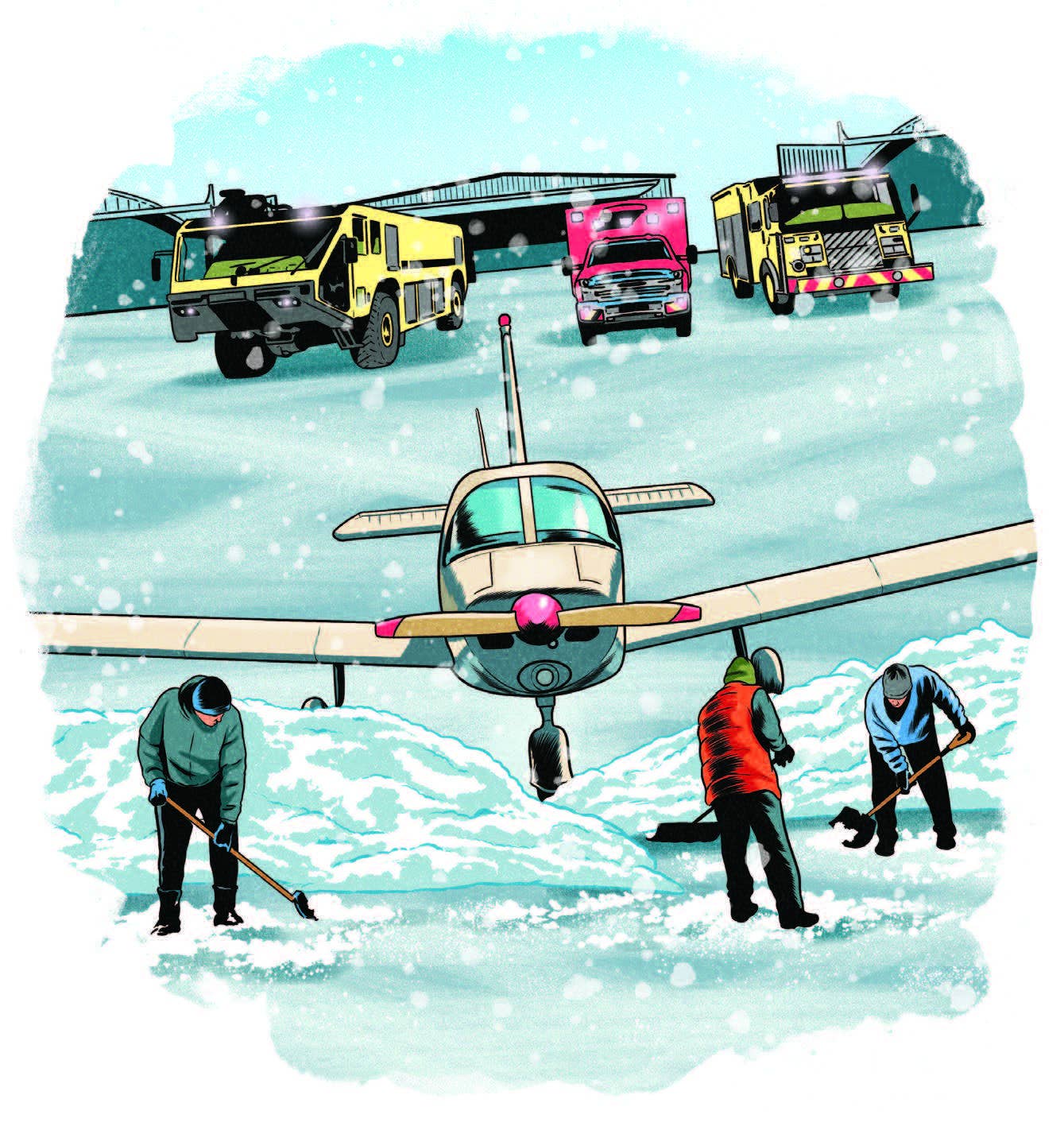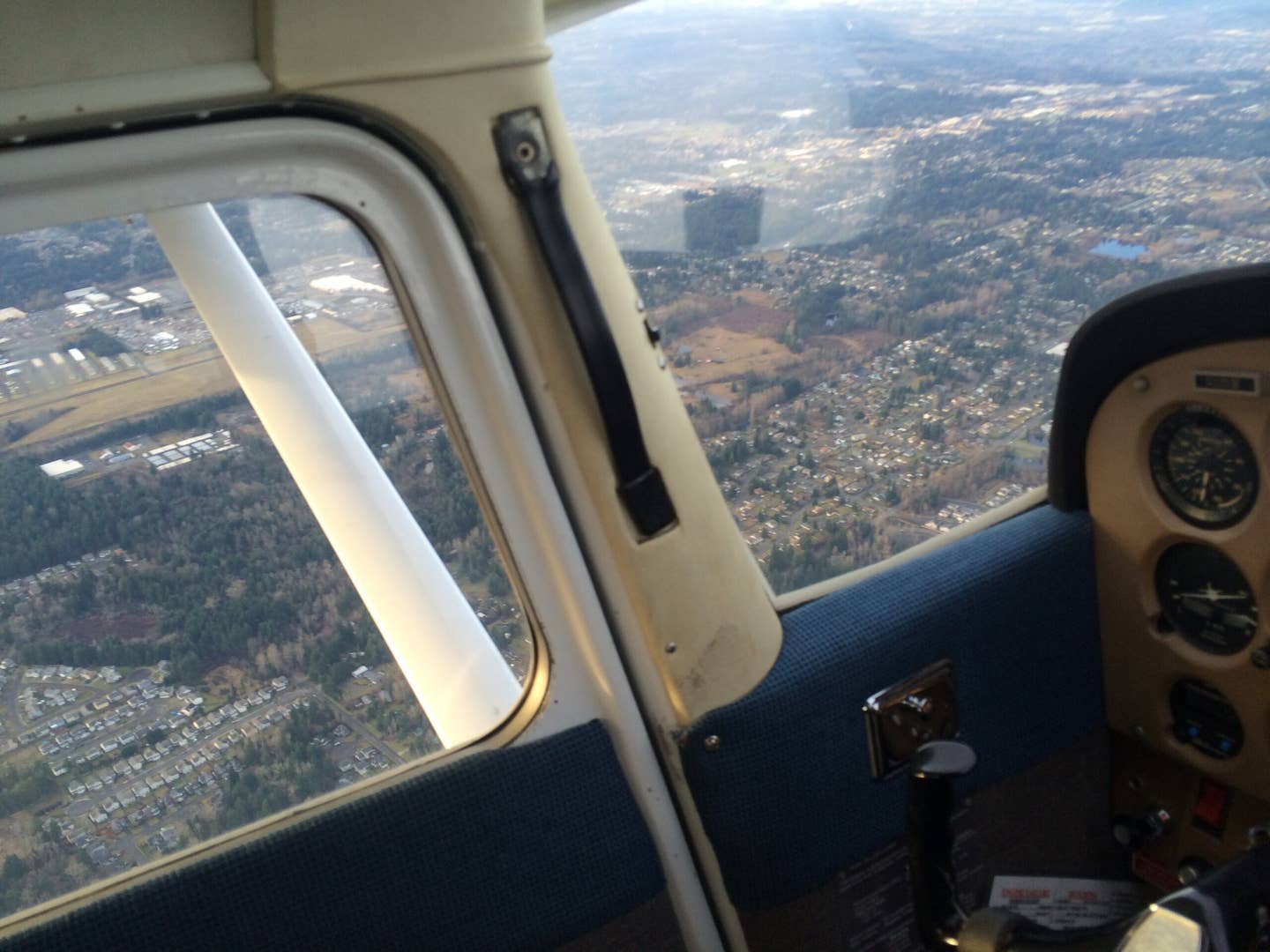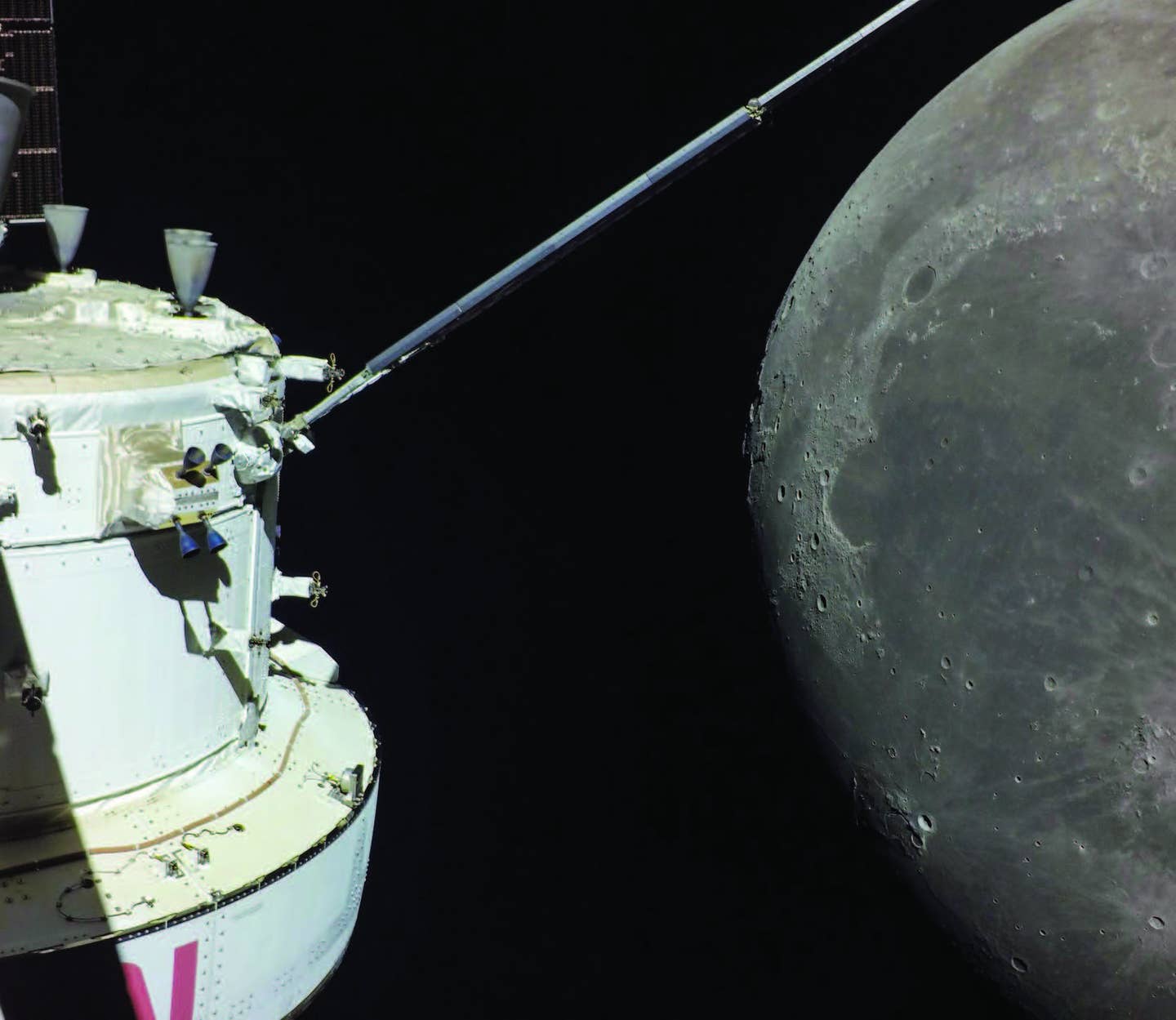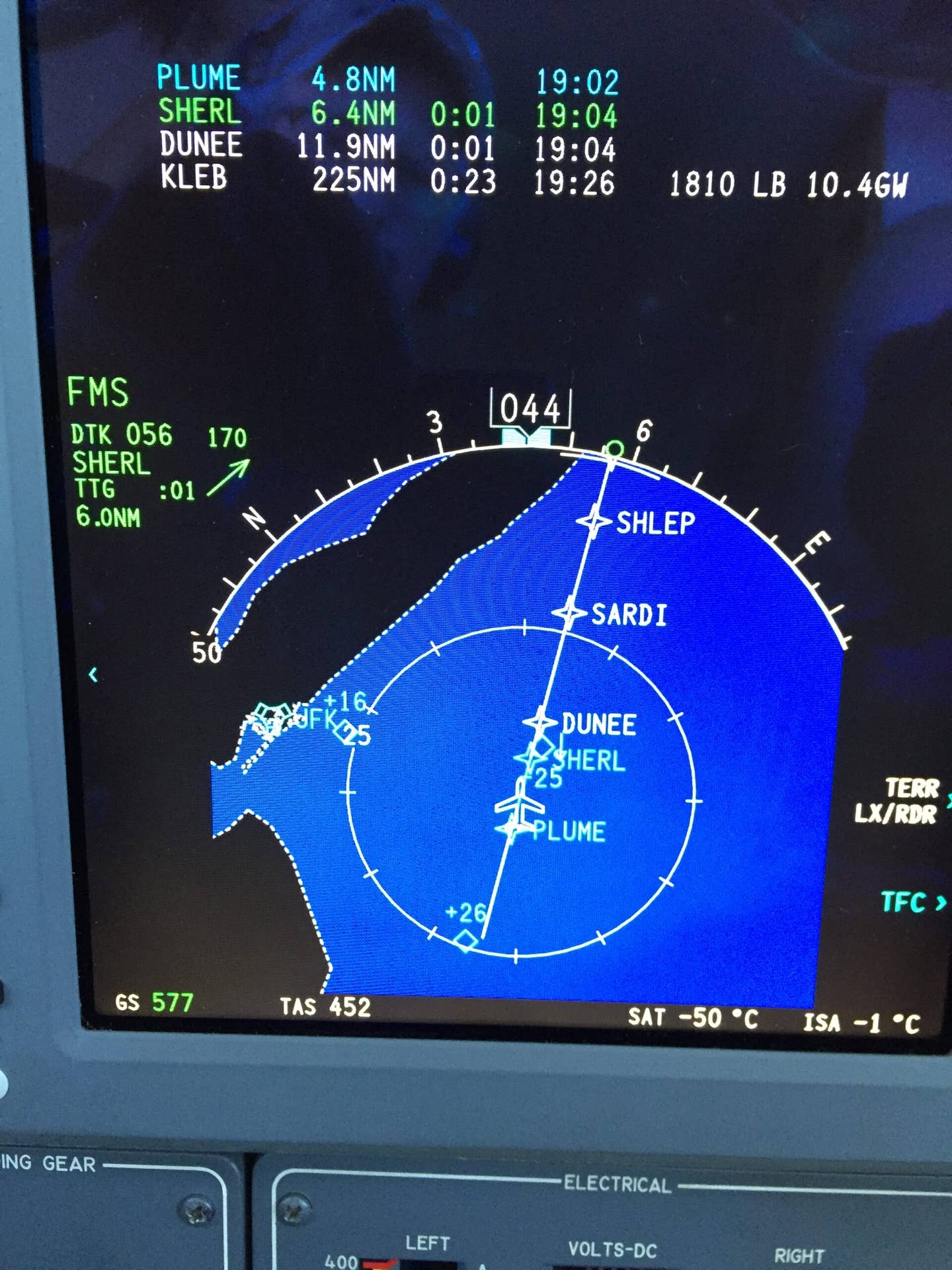
Time led to a succession of airplanes, each a little faster than its predecessor. [Courtesy: Dick Karl]
In 1972 while I was stationed at Fort Knox, I purchased a 1967 Beechcraft Musketeer at auction. The battery was dead, and I had no idea about the condition of the airplane, its engine, or avionics.
Charged up and inspected (a post-buy I guess you could call it), I enjoyed flying this airplane for five years. I cruised at 110 knots and I got to fly fast eastbound and slow westbound. One flight from Chicago’s Meigs Field to St. Louis took over three hours at an average ground speed of 78 knots. At some point traffic on the interstate below appeared to outrun us.
If you're not already a subscriber, what are you waiting for? Subscribe today to get the issue as soon as it is released in either Print or Digital formats.
Subscribe NowTime led to a succession of airplanes, each a little faster than its predecessor. A Piper Arrow gave way to a Cessna 210, which in turn was followed by a P210. The P210 could get up to the lower flight levels but was no faster, and maybe even a little slower, than the unpressurized 210.
This airplane was the winner for low flight. After a good tail wind on the east side of a cold front, I ran into furious headwinds out of the northwest after crossing the front. En route to Chicago, I descended to 10, then six, and then four thousand feet, watching the fuel reserves evaporate. Whew.
I flew that P210 for 13 years before buying a Cessna 340. Pressurized and faster, the 340 was flight planned for 190 knots true airspeed. It had the benefit of performing well at lower altitudes when we wanted to stay below strong headwinds and with turbocharged engines could climb into the lower FL 200s to take advantage of a strong tailwind.
- READ MORE: That Sound of Music in the Air
It was when fortune shined upon me and I moved up to turbine-powered airplanes that altitude, speed and, for that matter, reliability became predictable. A Piper Cheyenne was arguably the best airplane for our needs. With a true airspeed of 230 knots and a penchant for lower flight levels (it was most comfortable at 23,000 feet), this airplane allowed nonstop flights from Tampa, Florida, to Lebanon, New Hampshire. Occasionally, though, that meant that a healthy boost from a quartering tailwind was required, but we did it more than once.
Over 17 happy years that airplane took us to Vancouver, San Francisco, Chicago, Colorado Springs, Miami, Key West, Marsh Harbor in the Bahamas and, of course, to our summer cottage in New Hampshire. The engines never hiccupped once. They were so reliable that flights across the Gulf of Mexico from Tampa to New Orleans were done without anxiety.
All this turbine time allowed me to change careers at age 67 and be hired by a Part 135 operation where I flew Cessna CJ3s. Taught by some of the best and most patient captains, I became comfortable with true airspeeds of just over 400 knots and altitudes as high as FL 450. These weren’t my airplanes, though, so even though I was at the controls and became a captain, the special feeling you get from your airplane just wasn’t there.
The CJ3 experience gave me confidence to buy a single pilot jet when I retired. The Beechcraft Premier 1 was a real airplane, with sophisticated systems. MMO was .80. Two things about this airplane were really remarkable. As the sole occupant of the airplane, I occasionally found myself, alone, at FL 410—and the feeling was magnificent. And, yes, as a safety precaution, I always kept the oxygen mask nestled in my lap.
- READ MORE: Riding in the Back of Some Nice Private Jets
The other remarkable thing about this Premier was its speed. My highest ground speed was 577 knots. A true airspeed of 450 and a quartering tailwind of 170 knots provided the push. These true airspeeds made headwinds less of a nuisance and made tailwinds a thrill. I have a picture of my daughter reading a magazine while the cabin information sign showed a ground speed of 629 mph.
My fastest travel was, regrettably, as a passenger. Well, not too regrettably. In the 1990s you could cash in US Airways frequent-flyer points and book a Concorde flight. We didn’t have enough points for my wife, Cathy, and me to both fly Concorde, so she volunteered to fly to London the night before. I flew to New York, had dinner with a friend, and arrived the next morning at John F. Kennedy International Airport (KJFK) about an hour before British Airways was to launch a supersonic flight to London.
Stuffed with croissants and coffee, I got in line to board. When I got to the cabin door, I said to the flight attendant, “I would love to see the cockpit.” With a look of practiced disdain and a clipped British accent, she said, “Most of the children do.” Ouch.
I sulked to my seat and ordered a cognac. About half way across the ocean, the same flight attendant said that the captain would see me now. Armed with all sorts of Concorde trivia, including the facts that the airplane is longer at Mach 2 than on the ground as a consequence of friction-induced heat, that the airplane was trimmed by moving fuel backward and forward, and that, speaking of fuel, there would be very little left when we got London.
As I entered the flight deck, the engineer greeted me. I knew if I was to stay there very long, I had to make a friend. The flight engineer was great. He told me of a time when he kissed his wife goodbye and reported for a New York morning flight. When he reached New York, the engineer on the return flight had “taken ill,” so he was assigned to head back to London. “When I got home, my wife had gone out with some friends. I was having a pipe when she walked in and said, ‘I thought you were going to New York?’ I answered, ‘Well, I did.’”
As he was telling this story, I noticed an altitude of 56,000-plus feet. “We float around up here. There isn’t any other traffic.” That is the highest and fastest I ever flew.
The flight attendant reappeared to drag me away. I pleaded to the flight engineer to return. He said he’d try.
Sure enough, a different flight attendant came back during descent and ushered me forward. I had scored the jumpseat for landing. ATC cleared us into a hold. The engineer said this was just for show: “We don’t have the fuel to hold, but other airlines complain that we get special treatment, so we have this little dance.”
We were then cleared direct to Heathrow (EGLL). After landing we were momentarily told to hold short of a runway from which a new (then) 747-400 was departing.
As Air China rotated just in front of us, the captain turned to the first officer and said, “It must be like flying a bloody brick.”
This column first appeared in the September Issue 950 of the FLYING print edition.

Sign-up for newsletters & special offers!
Get the latest FLYING stories & special offers delivered directly to your inbox


